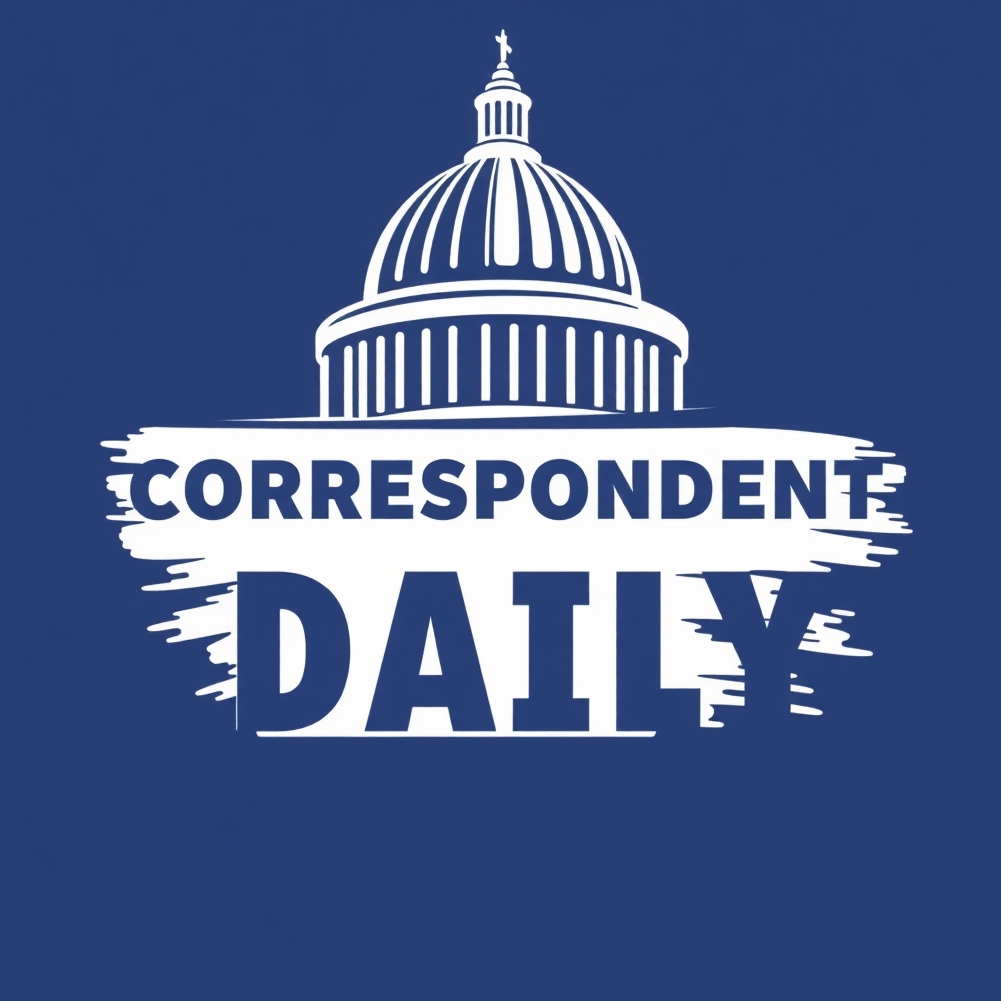
The Tragic Events at 345 Park Avenue
The shocking shooting incident at 345 Park Avenue in Midtown Manhattan on July 28 left a trail of mourning and disbelief. Shane Tamura, a 27-year-old man from Nevada, entered the lobby of a skyscraper housing the NFL's headquarters and major financial firms, opening fire with an M4 rifle. This horrifying act claimed the lives of four individuals, including New York City Police Officer Didarul Islam, and ended with Tamura turning the gun on himself.
An Overview of Shane Tamura’s Background
Shane Tamura's background adds a layer of complexity to this tragic story. Law enforcement has revealed that Tamura had a documented mental health history, which raises questions about the mental health stigma surrounding gun violence. Moreover, reports indicate that Tamura had been struggling with symptoms consistent with Chronic Traumatic Encephalopathy (CTE), a brain injury associated with repeated head trauma in contact sports. Mayor Eric Adams highlighted this connection, noting that Tamura expressed a belief that the NFL was at fault for his condition.
A Look at the Motive Behind the Attack
Investigators are probing Tamura’s motive, which appears to be linked to his grievances against the NFL. Tamura left behind a note implying that his brain injury was a direct consequence of the NFL’s negligence, suggesting that his actions were motivated by feelings of anger and despair over his situation. Understanding the psychological state of the assailant can shed light on these tragic events and potentially guide conversations surrounding mental health and public safety.
Chronology of the Attack: How the Incident Unfolded
The timeline of events leading to the shooting portrays a chilling premeditated attack. Tamura's vehicle was tracked as it traveled across several states before arriving in New York. On the day of the shooting, surveillance footage captured him double-parking a black BMW and entering the building armed. What followed was a rapid series of violent actions where he attacked individuals indiscriminately, showcasing the urgent need for enhanced security measures in public spaces.
The Aftermath: Impact on the Victims and Community
The impact of this tragic event resonates far beyond the immediate victims. Family members, friends, and colleagues of those who were killed, especially Officer Islam who was a dedicated service member, now face the lasting repercussions of this violence. The NFL issued statements addressing the situation and assuring employees of their safety, yet the sense of vulnerability in such spaces continues to loom.
Lessons Learned: The Role of Mental Health Awareness
This incident serves as a stark reminder of the critical intersection between mental health and gun violence. Increasing public understanding of mental health issues is essential not only to prevent similar tragedies but also to foster a supportive environment for those struggling with mental illness. Organizations and lawmakers must prioritize mental health funding and awareness campaigns to combat stigma, ultimately aiming to mitigate risks associated with untreated mental health issues.
Conclusion: Reflecting on Gun Violence in America
As communities across the nation grapple with the aftereffects of gun violence, the Manhattan shooting serves as a call to action. Advocating for comprehensive mental health resources, enhancing security measures, and encouraging open conversations about the challenges surrounding mental health are imperative steps to heal and safeguard our communities. While each tragedy sparks outrage and grief, they must also ignite a commitment to change in the way we address gun violence and mental health.
 Add Row
Add Row  Add
Add 




Write A Comment